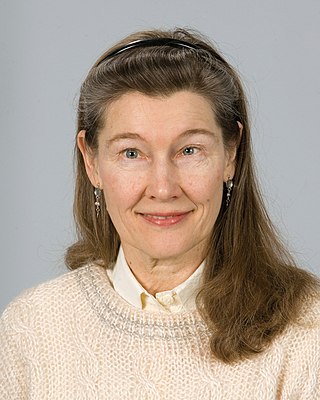Related Research Articles
Television in Estonia was introduced in 1955, following the Soviet government's decision to establish a television station in 1953. The National TV Channel ETV has maintained an archive since 1955 in which broadcasts of unique aspects of Estonian culture are held.

The following is an alphabetical list of articles related to the Republic of Estonia.

Tallinn-Tartu-Võru-Luhamaa maantee is a 282-kilometre-long north-southeast national main road in Estonia. The route follows the same path as European route E263. The road forms a major north-south corridor within Estonia, connecting the two largest cities. The highway starts in Tallinn and passes a number of notable towns, namely Kose, Põltsamaa, Tartu and Võru, with arterials branching off towards Paide, Valga, Põlva. The highway ends in Luhamaa intersecting with the T7, heading to either Latvia or Russia.
Erik Norkroos is an Estonian cinematographer, producer, editor and director.

Evelin Võigemast is an Estonian stage, film television and voice actress and singer.
Klaudia Tiitsmaa is an Estonian stage, television and film actress.

Juss Haasma is an Estonian stage, film and television actor and musician.
Jaan Rekkor is an Estonian stage, film and television actor.

Tõnu Kilgas was an Estonian singer (baritone) and stage, film, voice, and television actor.
Anne Margiste, is an Estonian stage, film, and television actress whose career began in the mid-1960s.
Vallo Kirs is an Estonian stage, film, and television actor and stage director whose career began as a teenager in 2004. Kirs is possibly best recalled internationally for his role as Kaspar in the 2007 Ilmar Raag-directed feature film drama Klass.
Saara Pius, is an Estonian stage, film and television actress and singer.

Eve Oja was an Estonian mathematician specializing in functional analysis. She was a professor at the University of Tartu.

Maarja Jakobson is an Estonian television, stage and film actress whose career began in the late 1990s.
Maria Klenskaja was an Estonian actress.

Jüri Krjukov was an Estonian actor.
Ma näen su häält is an Estonian television mystery music game show series based on the South Korean programme of the same name. It aired on Kanal 2 from 27 February 2022 to 31 December 2023, for three seasons.
The first season of the Estonian television mystery music game show Ma näen su häält premiered on Kanal 2 on 27 February 2022.
Estonia participated in the Eurovision Song Contest 2023 in Liverpool, United Kingdom, with "Bridges" performed by Alika. The Estonian broadcaster Eesti Rahvusringhääling (ERR) organised the national final Eesti Laul 2023 in order to select the Estonian entry for the 2023 contest. The national final consisted of three shows: two semi-finals and a final. Ten songs competed in each semi-final and six from each semi-final as determined by a jury panel and public vote qualified to the final alongside two wildcards selected by the public. In the final, the winner was selected over two rounds of voting. In the first round, a jury panel and a public vote selected the top three to qualify to the superfinal. In the superfinal, "Bridges" performed by Alika was selected as the winner entirely by a public vote.

Untsakad is an Estonian folk music ensemble formed in 1992 in Viljandi, Estonia.
References
- ↑ Kerge, Rainer (19 October 2022). ""ALO TVst vaadatakse kõige rohkem kella!"". Elu (in Estonian). Retrieved 30 October 2022.
- ↑ Õhtuleht "ALO TVst vaadatakse kõige rohkem kella" (31 March 2007)
- ↑ Vaida, Ann (27 December 2019). "Palju õnne sünnipäevaks, ALO-TV!". Diktor (in Estonian). Retrieved 30 October 2022.
- ↑ Kerge, Rainer (19 October 2022). ""ALO TVst vaadatakse kõige rohkem kella!"". Elu (in Estonian). Retrieved 30 October 2022.
- ↑ Vaida, Ann (27 December 2019). "Palju õnne sünnipäevaks, ALO-TV!". Diktor (in Estonian). Retrieved 30 October 2022.
- ↑ Kerge, Rainer (19 October 2022). ""ALO TVst vaadatakse kõige rohkem kella!"". Elu (in Estonian). Retrieved 30 October 2022.
- ↑ "Jaan Kalmus: 35 aastat kroonikuna kaamera taga". Äripäev (in Estonian). 26 January 2022. Retrieved 30 October 2022.
- ↑ "Autorite ühinguga vaidlev Alo TV sai tegevusloa pikenduse". ERR (in Estonian). 1 February 2019. Retrieved 30 October 2022.